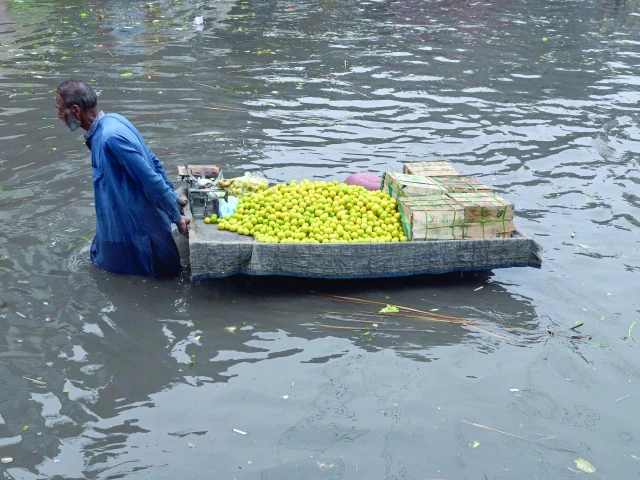The Pakistan Meteorological Department (PMD) has issued a high-alert advisory for a strong monsoon system expected to hit the country from August 14 to 22.
The last rain spell left over 300 dead and scores injured across Khyber-Pakhtunkhwa (K-P) and Punjab, with most fatalities attributed to electrocution and roof collapses.
The new system is likely to bring widespread rain, wind, and thundershowers, with heavy to very heavy falls predicted in parts of Punjab, Islamabad, K-P and Gilgit-Baltistan between August 18 to 21.
Balochistan and Sindh are also expected to receive rain, with isolated heavy showers from August 18 to 21.
The PMD had earlier forecast rains from August 13 to 15, but later revised its advisory predicting rains to include a longer time frame.
The department warned of potential flash floods in hilly streams, urban flooding in major cities, and landslides in mountainous areas.
Read: At least 13 dead, 92 injured as rain wreaks havoc in Punjab
Rivers and reservoirs
The rivers Sutlej, Ravi, and Chenab are expected to receive heavy inflows, with the Sutlej at Ganda Singh Wala likely to remain at low flood levels over the next three days but with the potential to rise further due to rainfall and releases from Indian reservoirs.
Medium to high flood levels are possible in rivers Chenab, Khanki, and Qadirabad, along with nullahs of River Ravi, while the Indus at Taunsa is expected to see increased water flow in the next 24 hours.
PMD urged respective river authorities to take precautionary measures besides directing travellers and residents in vulnerable zones have been advised to remain alert and follow official updates.
Pakistan’s major reservoirs recorded a slight increase in water levels over the past 24 hours as weak monsoon activity continued in the country’s upper regions, the latest data showed.
According to official figures issued on August 12, the Tarbela reservoir rose by 0.5 feet to 1,546.50 feet, just 3.5 feet below its maximum capacity of 1,550 feet.
Mangla increased by 0.3 feet to 1,206.50 feet, compared to its full capacity of 1,242 feet. Khanpur also rose 0.5 feet to 1,975.20 feet, while Simly remained stable at 2,284.85 feet.
Rawal Dam was the only reservoir to register a decline, falling 1.8 feet to 1,749.40 feet below its full capacity of 1,752 feet.

